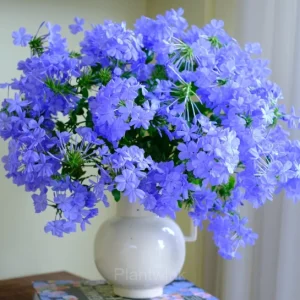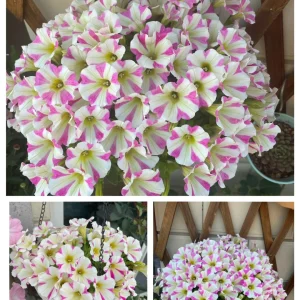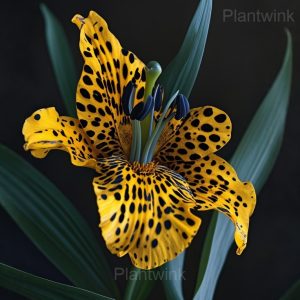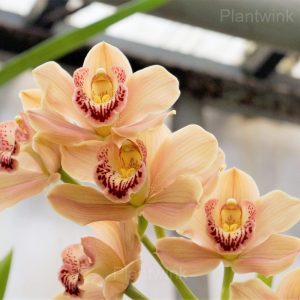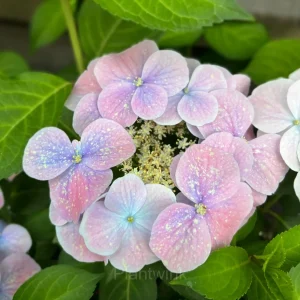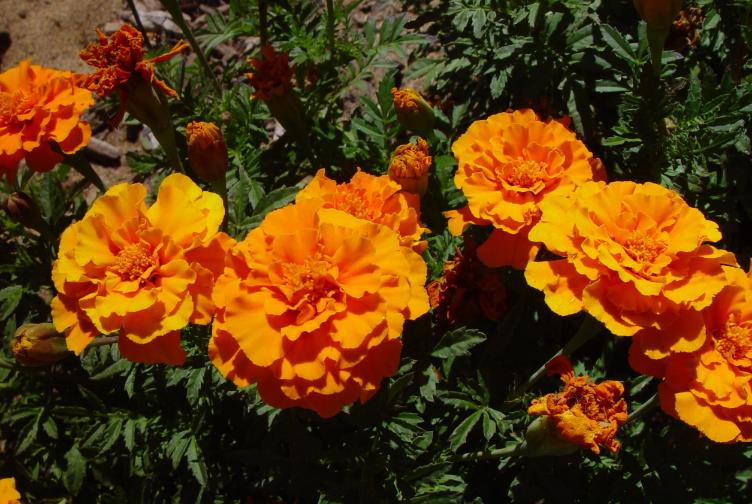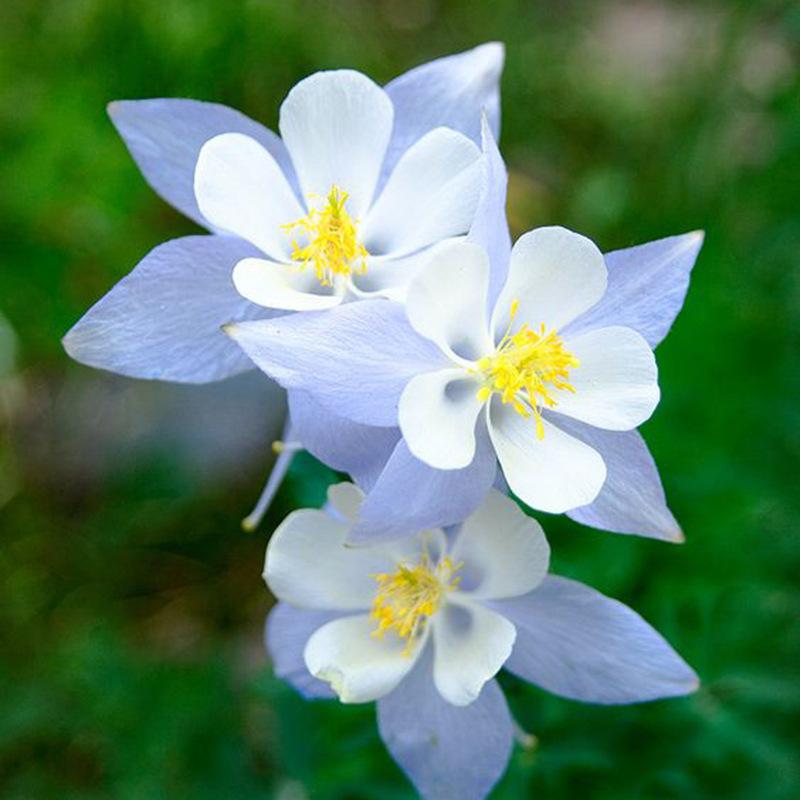Catalpa plant has an interesting story. In ancient Chinese folklore, it is believed that the trees were once home to fairies who could grant wishes. However, one day, a young girl named Ling accidentally disturbed the fairies while playing. Out of anger, they turned her into a Catalpa tree. Legend has it that if you whisper your wishes to a Catalpa tree, Ling’s spirit will hear and grant them. Today, people still visit Catalpa trees, hoping for their desires to come true.
Picture

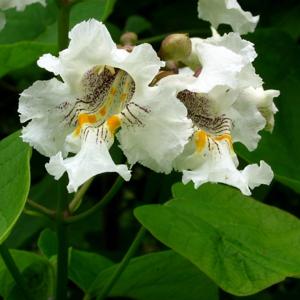
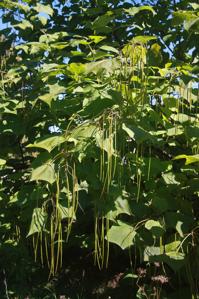
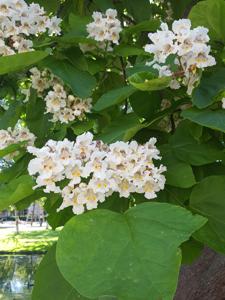
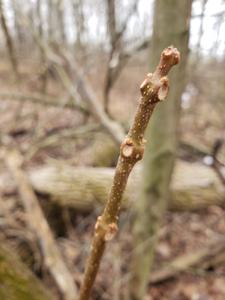
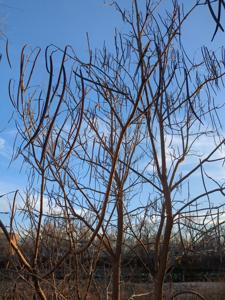
Plant some seeds now!
Short Description
“Beanpods” and leaf details of the northern catalpa
Catalpa, commonly also called catawba, is a genus of flowering plants in the family Bignoniaceae, native to warm temperate and subtropical regions of North America, the Caribbean, and East Asia.
Description
Most Catalpa are deciduous trees; they typically grow to 12–18 metres (40–60 ft) tall, with branches spreading to a diameter of about 6–12 metres (20–40 ft). They are fast growers and a 10-year-old sapling may stand about 6 metres (20 ft) tall. They have characteristic large, heart-shaped leaves, which in some species are three-lobed. The appearance of the leaves sometimes causes confusion with species such as the unrelated tung tree (Vernicia fordii) and Paulownia tomentosa. Catalpa species bear broad panicles of showy flowers, generally in summer. The flower colour generally is white to yellow. In late summer or autumn the fruit appear; they are siliques about 20–50 centimetres (8–20 in) long, full of small flat seeds, each with two thin wings to aid in wind dispersal.
The large leaves and dense foliage of Catalpa species provide good shelter from rain and wind, making the trees an attractive habitat for many species of birds. They do not present many threats of falling limbs, but the dark-brown fruit husks that they drop in late summer may be a nuisance.
